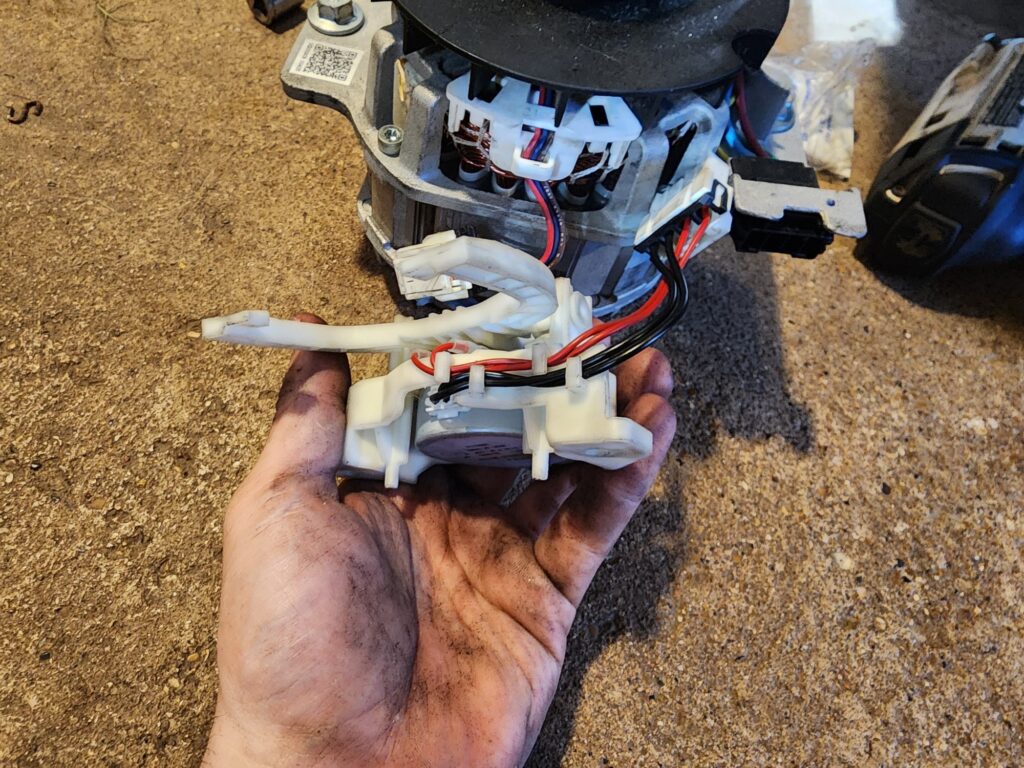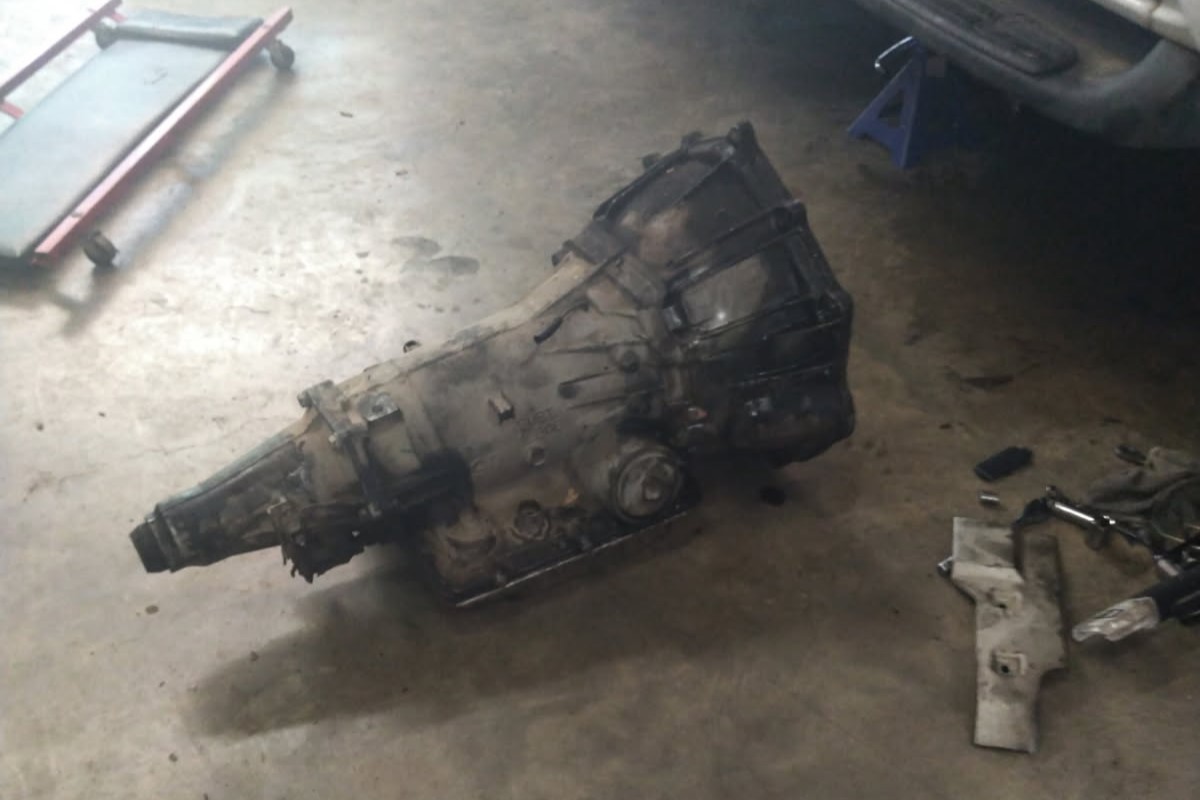Recently, my GE washer (model GTW335ASN0WW) suddenly dumped a large amount of water and then refused to complete any wash cycle. It was a frustrating surprise, but it led me down a path of discovery and repair that I thought was worth sharing.
Diagnosing the Problem
At first, I suspected the mode shifter was the issue. The washer would not proceed through any cycle, and the error codes pointed to a mode shifter malfunction. However, after some investigation, I realized that the root cause was actually a sudden failure of the main tub seal. This failure allowed water to leak into the lower mechanical components, which likely shorted out the mode shifter and caused the washer to shut down.
So while the mode shifter was the part that triggered the error, it was only a symptom of a larger problem. The real issue was the leaking seal.
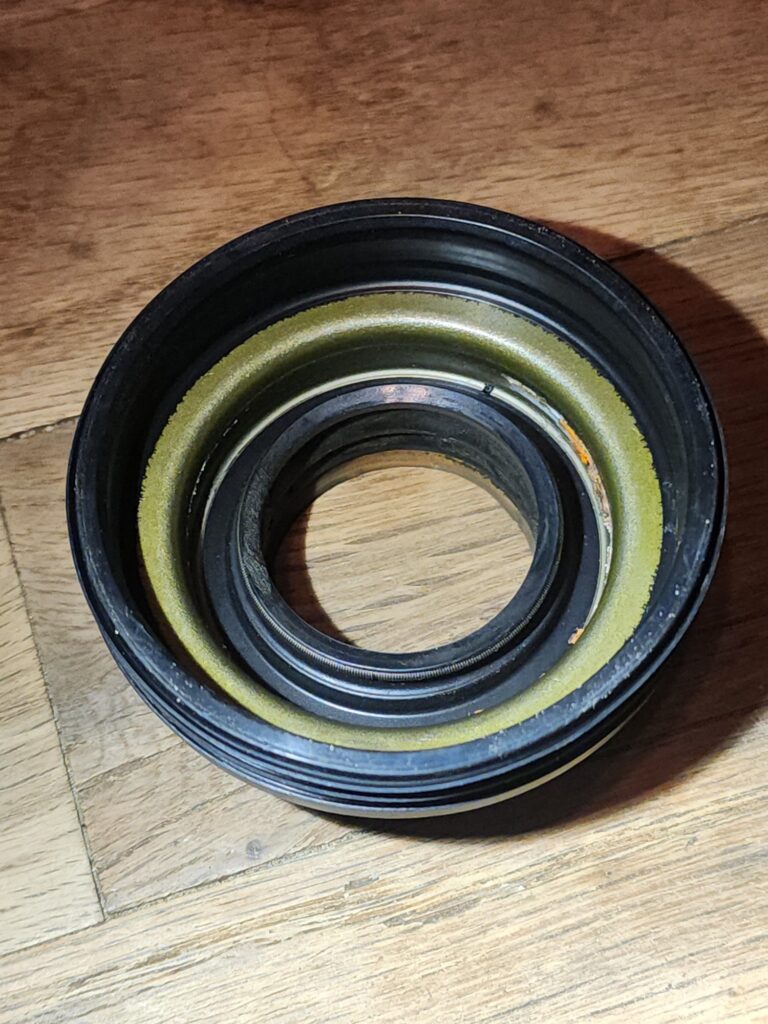
The Parts Puzzle
Finding the replacement parts turned outside to be more complicated than expected. The exact seal I needed was not available through any American parts dealers. After some research, I discovered that GE shares components and sometimes entire designs with a Mexican appliance manufacrturer called Mabe.One of Mabe’s models, the Kraken, is nearly identical to my GE washer. The key difference is that Mabe’s version is designed to be more serviceable. For example, the main tub seal on the GE model is only sold as part of the entire transmission assembly, which costs over $120. In contrast, the same seal can be purchased individually for about $5 USD in Mexico.
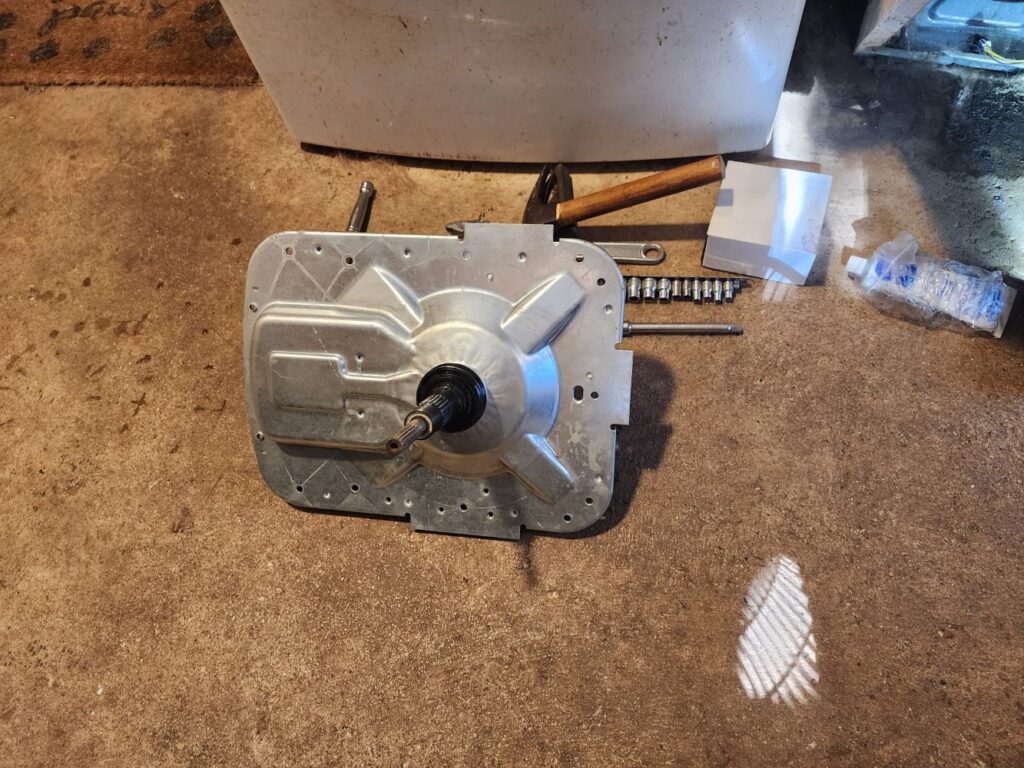
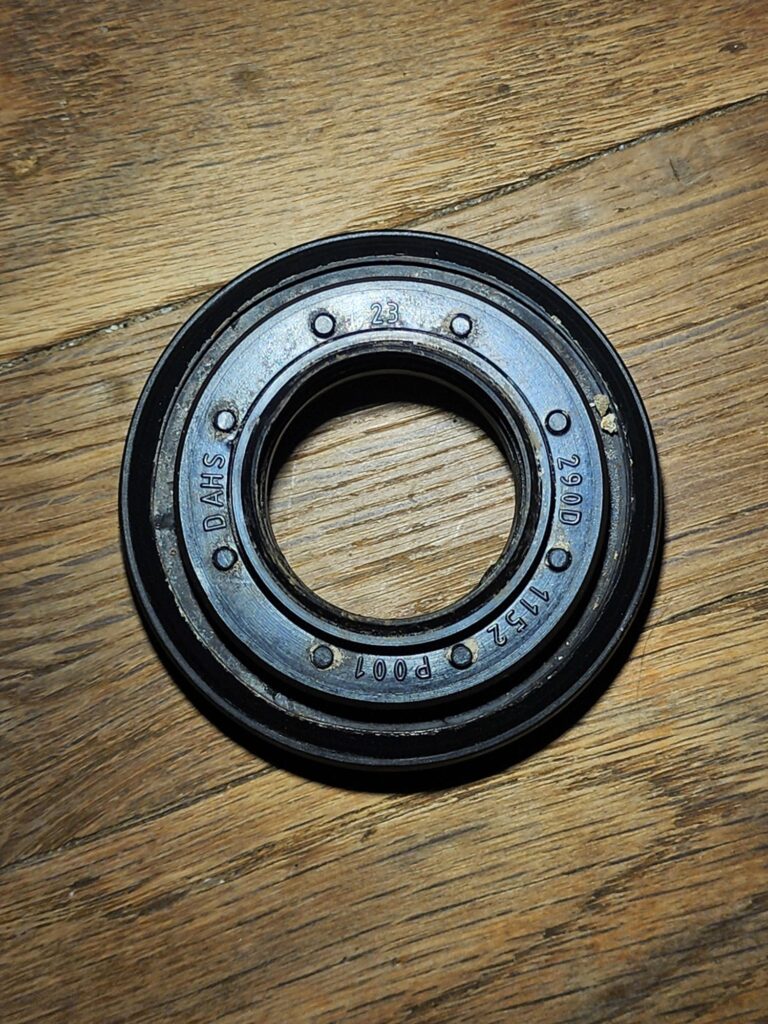
Unfortunately, that $5 seal is not sold individually in the United States. I was able to find a similar enough seal that fit well and has held up so far. It is possible that the part was superseded, but there is no clear documentation of this on GE’s official parts site, third-party parts catalogs, or any of the forums I checked.
One of the few sites I found a direct replacement part: https://www.partszonesupply.com/290D1152P001
Here’s the new part I used: https://www.geapplianceparts.com/store/parts/spec/WH08X2459
The Repair
Replacing the seal and the mode shifter required a full disassembly of the washer tub and all motor components. The process took a few hours, but the total cost was only about $40 in parts. While I had everything apart, I also cleaned the tub surfaces. There was some detergent and fabric softener residue, but not as much as I expected.
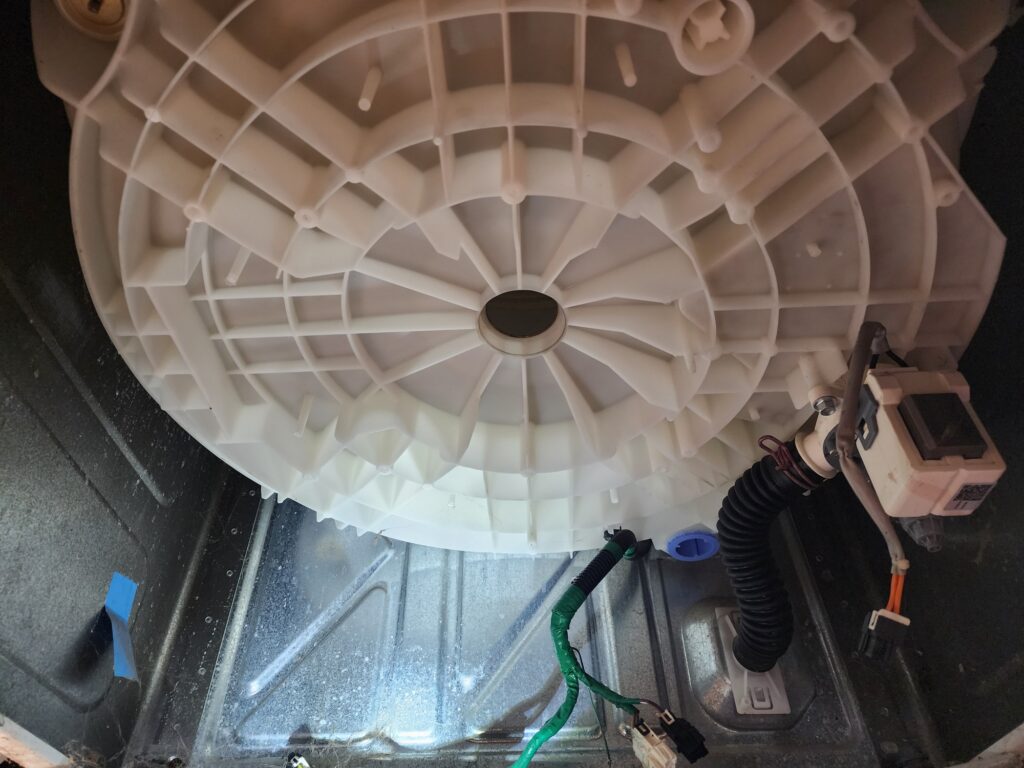
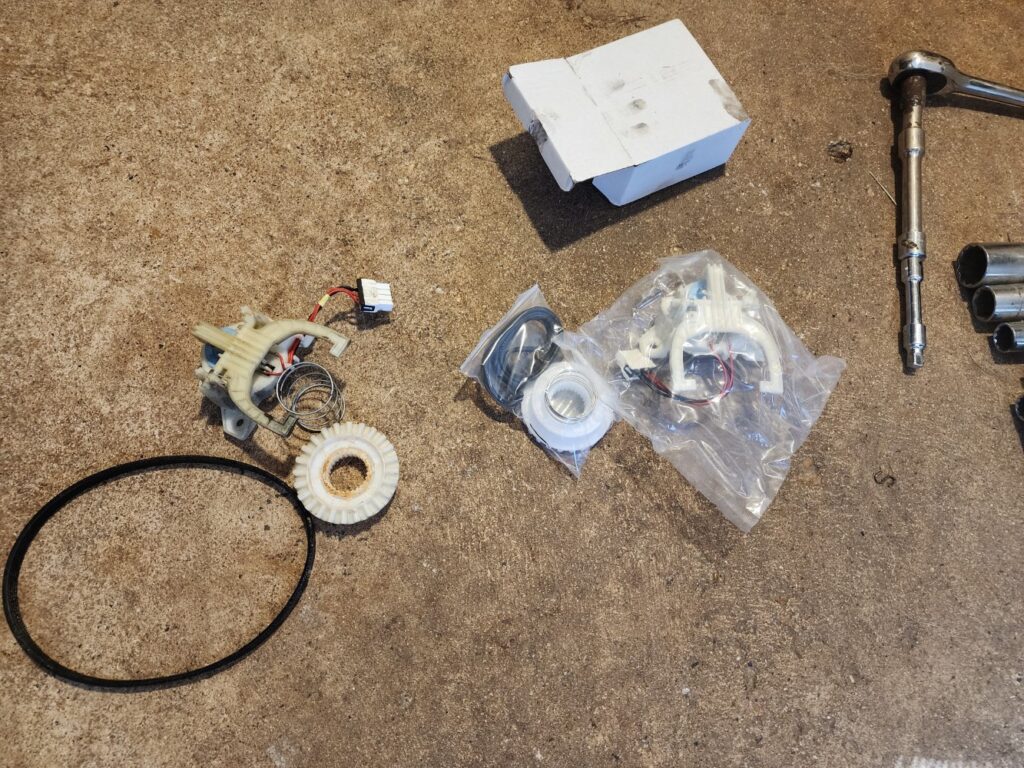
An End to the Madness
This repair taught me a lot about how appliance manufacturers share designs across borders and how that affects parts availability. If you are trying to fix a GE washer and running into dead ends with parts, it might be worth looking into Mabe’s models for compatible alternatives.
Important Note on Mode Shifter Installation
If you are replacing the mode shifter, take a moment to carefully inspect how the wiring is routed, specifically the pigtail connector that runs from the mode shifter to the control board. This wire must be properly secured through the wiring channels molded into the washer’s frame.
These channels are designed to keep the wiring safely out of the way of the mode shifter’s moving fork. If the pigtail is not routed correctly, it can get caught in the mechanism during operation, which could damage the wire, the mode shifter, or both.
Before reassembling the washer, double-check that:
- The pigtail is fully seated in the finger channels.
- There is no slack hanging near the moving parts.
This small step can prevent a lot of frustration and potentially another repair down the line.
